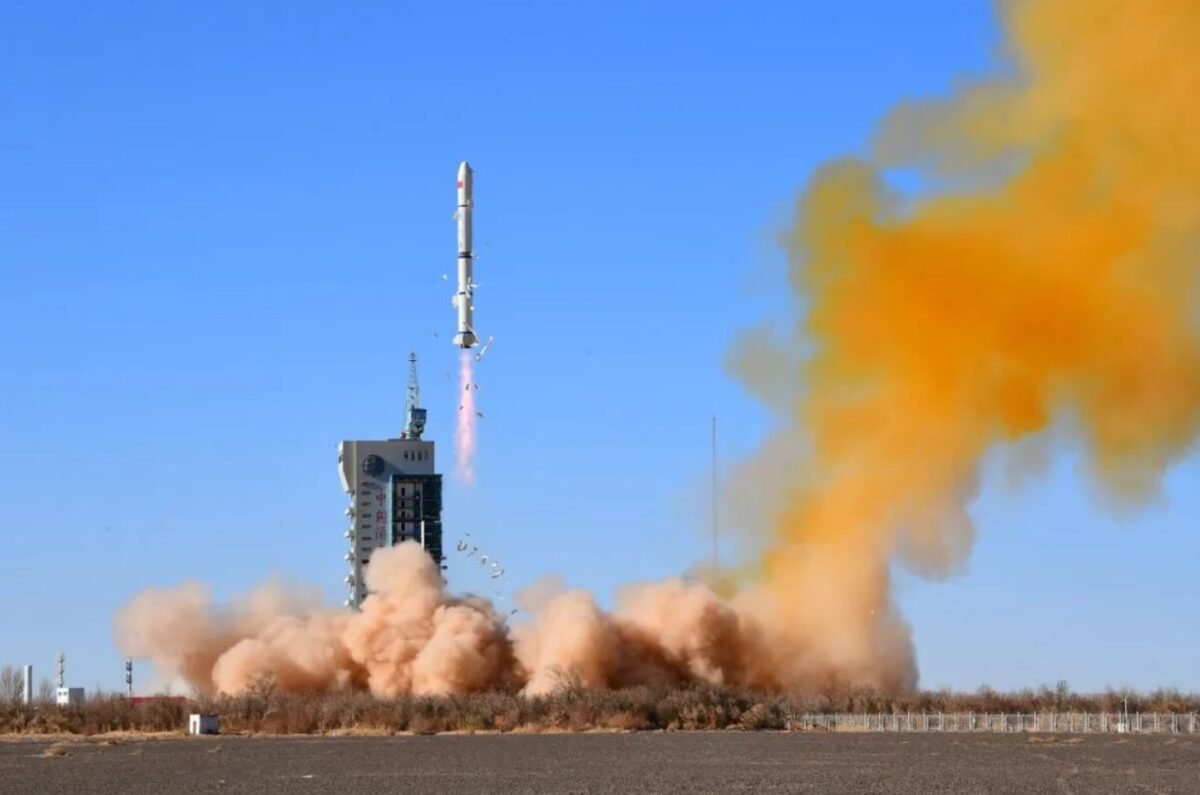CASC confirmed the success of the launch within an hour and disclosed that the payload was the Haiyang-3 (01) ocean observation satellite.

China successfully launched Haiyang-3 (01), the first satellite in the Haiyang-3 series, on November 15, marking a significant advancement in environmental monitoring and ocean observation. At 10:55 p.m. Eastern, a Long March 2C rocket was launched from the Jiuquan Satellite Launch Center.
The China Aerospace Science and Technology Corporation (CASC) confirmed the success of the launch within an hour and disclosed that the payload was the Haiyang-3 (01) ocean observation satellite. This satellite will operate in a dawn-dusk sun-synchronous orbit, equipped with an X-band synthetic aperture radar (SAR) payload to provide all-weather ocean observation.
The primary objective of Haiyang-3 (01) is to conduct high-precision ocean water color observation. Using multiple detection methods, including SAR, the satellite will target various water bodies worldwide. It aims to deliver insights into environmental and biological processes by continuously monitoring water color, water temperature, sea ice, and other variables. The planned mission lifetime for Haiyang-3 (01) is eight years.
Developed by the China Academy of Space Technology (CAST), the satellite will be operated by China’s National Satellite Ocean Application Service (NSOAS). Ocean observation satellites play a crucial role in providing data for weather models, monitoring climate change, tracking pollution, and ensuring marine navigation and safety.
The Haiyang-3 series complements the existing Haiyang-2 satellites, which focus on variables such as wind speed, sea level, and sea surface temperature. With the addition of SAR observations, the Haiyang-3 series enhances China’s capabilities in ocean monitoring.
This launch marks China’s 53rd orbital launch of the year, aligning with the country’s goal to achieve more than 60 launches in 2023, as announced by CASC at the beginning of the year. To date, China has completed 39 launches, showcasing its robust space exploration and satellite deployment program.
In a related development, Galactic Energy, a commercial launch service provider in China, announced plans to resume launches of its Ceres-1 solid rocket. The decision follows the company’s first failure in late September, breaking a streak of nine consecutive successful launches.
The failure was attributed to abnormal ablation of a first-stage engine nozzle, causing a loss of attitude control just over a minute into the flight. Galactic Energy conducted an investigation and released the results, outlining the cause of the failure.
These developments underscore China’s continued progress in space exploration, satellite technology, and its commitment to advancing capabilities in environmental monitoring and scientific research.